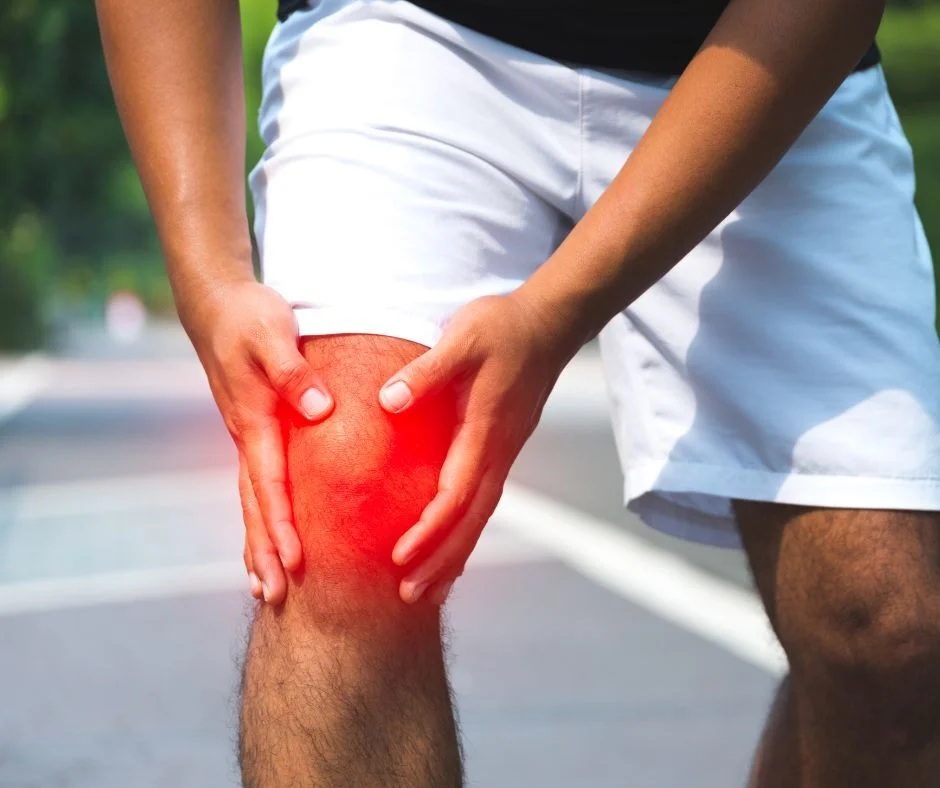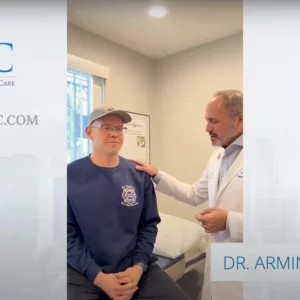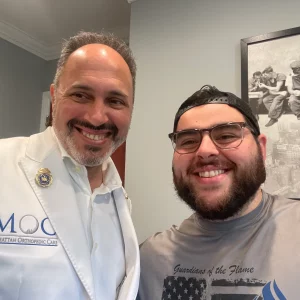5 Runner’s Knee Exercises To Avoid Common Knee Injuries

Staying consistent with runner’s knee exercises is one of the most reliable ways to keep mileage high without sidelining pain. Below, you’ll find five evidence‑backed moves, plus stretches and balance drills, that strengthen the quadriceps, hamstrings, glutes, and calves, all crucial for knee stability on every run.
What Causes Runner’s Knee?
A runner’s knee, or patellofemoral pain syndrome, often develops from a mix of factors, not just one. While overuse from running is a trigger, the root cause is typically a muscle imbalance. Your kneecap (patella) is designed to glide smoothly in a groove on your thigh bone every time you bend your leg. When supporting muscles like your glutes or quads are weak or tight, they can pull the kneecap off track. Instead of gliding, it rubs abnormally against the bone, irritating the cartilage underneath and causing the friction, inflammation, and dull ache you feel as runner’s knee.
How To Prevent Runner’s Knee
The key to how to prevent runner’s knee lies in a consistent and balanced training regimen. It’s not just about logging miles; it’s about building a strong foundation to support your activity. This involves strengthening the muscles around your knee joint, including your quadriceps, hamstrings, and especially your glutes.
Improving your flexibility through regular stretching is equally crucial. Furthermore, making sure you have proper running form, wearing the right shoes for your feet, and gradually increasing your mileage can significantly reduce your risk of developing this common issue.
Dr. Tehrany’s Top Runner’s Knee Exercises
When you have knee pain caused by running, rest, ice, and compression can offer temporary relief. However, performing exercises for runner’s knee pain can strengthen the muscles supporting the knee joint. This can prevent future injury and enable the knees to efficiently serve as the body’s natural shock absorbers. The following knee exercises for running can familiarize you with how to prevent knee pain while maintaining performance.
Leg Raise
This exercise strengthens the four muscles between the knee and the hip, which comprise the quadriceps. Stabilizing this muscle group can ensure pain-free leg extensions and hip flexes while running and also prevent injuries such as Runner’s Knee.
- Lie on your back on a flat surface with one leg bent and the other extended a few inches off the ground.
- Raise the extended leg about one foot above the ground, keeping your upper body relaxed and back flat.
- Hold for 3–5 seconds.
- Slowly lower your leg to the floor.
- Switch legs and repeat.
Calf Stretch
This exercise stretches the calf muscles behind the lower leg and the Achilles tendon that connects the calf muscles to the heel bone. Loosening these muscles and increasing their flexion can alleviate lower leg stiffness while running and prevent injuries such as Achilles Tendinitis.
- Stand an arm’s‑length from a wall.
- Step forward with your left leg, keeping the right foot back and parallel to the left foot.
- Bend your left knee until you feel tension in the right calf.
- Keep the right heel flat and hold for 15–30 seconds.
- Switch legs and repeat.
Wall Sit
This exercise conditions the quadriceps, calves, back, and trunk muscles. Strengthening these muscles can allow you to run up inclines while stabilizing the knees, improving your lower back health, and avoiding injuries such as quadriceps tendon tears, accompanied by knee swelling.
- Stand against a wall, keeping head, back, and hips flat against it.
- Step about two feet forward with feet hip‑width apart.
- Slide down the wall until your knees form a 90‑degree angle (as if seated).
- Keep your abdomen engaged and hold for 5–10 seconds.
- Slide back up the wall and repeat.
Hamstring Stretch
This exercise loosens the hamstring muscles in the back of the thigh. Alleviating tension in these muscles enables smooth knee bends while running and reduces hamstring muscle imbalance and fatigue. This stretch can also prevent hamstring muscle injuries such as pulls or tears that can cause knee swelling.
- Stand with feet hip‑width apart and hands clasped behind your back.
- Hinge forward at the hips, keeping legs straight and chin tucked.
- Lift your joined hands up and over your head.
- Hold the stretch for 30 seconds.
- Return to standing.
Side Lunge
This lateral exercise conditions not only the muscles that surround your knee joint but the muscles in the thighs, hips, and buttocks. Strengthening these muscles can help reduce lower back pain, increase hip flexion, and improve balance while running. This exercise can also prevent injuries such as Iliotibial Band Syndrome.
- Stand with feet under your hips.
- Step out to the right and bend the right knee, sending hips back.
- Touch your right foot with your left fingers while keeping your chest lifted.
- Make sure the right knee does not move past the right toes.
- Push through the right heel to return to standing.
- Repeat on the left side.
Runner’s Knee Stretches To Avoid Injury
Keeping the tissue around your kneecap flexible is as important as strengthening it. A quick stretch circuit before and after runs eases patellar stress and primes the quads, hamstrings, calves, and glutes for impact.
- Standing Quadriceps Stretch (static) – Stand tall, grasp your ankle and bring your heel to your glutes; keep knees together, pelvis tucked, and feel the front‑thigh lengthen. Hold for 30 seconds and repeat twice per leg.
- Kneeling Hip‑Flexor Stretch (static) – From a half‑kneel, shift hips forward until you sense tension along the front of the back‑leg hip; keep your torso upright and reach the same‑side arm overhead to deepen the stretch. Hold 30 seconds, 2–3 rounds each side.
- Wall Calf Stretch (static) – Hands on a wall, step the tight leg back, heel grounded; lean in to lengthen the calf. Repeat with the back knee bent to target the soleus, holding 30 seconds each variant, twice.
- Dynamic Leg Swings (warm‑up) – Hold a rail, swing one leg forward‑back smoothly from the hip for 10–15 reps, then side‑to‑side to mobilize the groin and IT band.
- Figure‑4 Glute Stretch (static) – Sit tall, cross your ankle over the opposite thigh and hinge forward with a straight back until the outer‑hip glute stretches. Hold 30 seconds, twice each side.
The Role of Stretches For Runner’s Knee In Recovery
If you’re already feeling mild discomfort, gentle stretches for runner’s knee can be a huge help in your recovery. They work by easing tension in the overworked muscles that might be causing the problem. By improving flexibility and increasing blood flow to the area, stretching can reduce stiffness and help your body heal. When you combine these stretches with strengthening exercises, you create a complete program that not only helps with current pain but also protects your knees from future problems.
When Knee Exercises For Running Don’t Work
If pain lingers for more than two weeks, worsens despite rest, or wakes you at night, seek a specialist evaluation. Persistent symptoms may signal cartilage damage, kneecap mal‑tracking, or other structural issues that home programs cannot correct. After a thorough exam and imaging, board‑certified surgeon Dr. Armin Tehrany at Manhattan Orthopedic Care can outline advanced options, including minimally invasive arthroscopy, lateral release, or ACL reconstruction, shown to help runners when conservative care fails. He will evaluate your knee and recommend the treatment that best fits your anatomy and goals.
Receive Expert Advice At Manhattan Orthopedic Care
Ready to run pain‑free again? Book your knee surgery consultation with Dr. Armin Tehrany at Manhattan Orthopedic Care and get clear answers about lasting relief today.

































